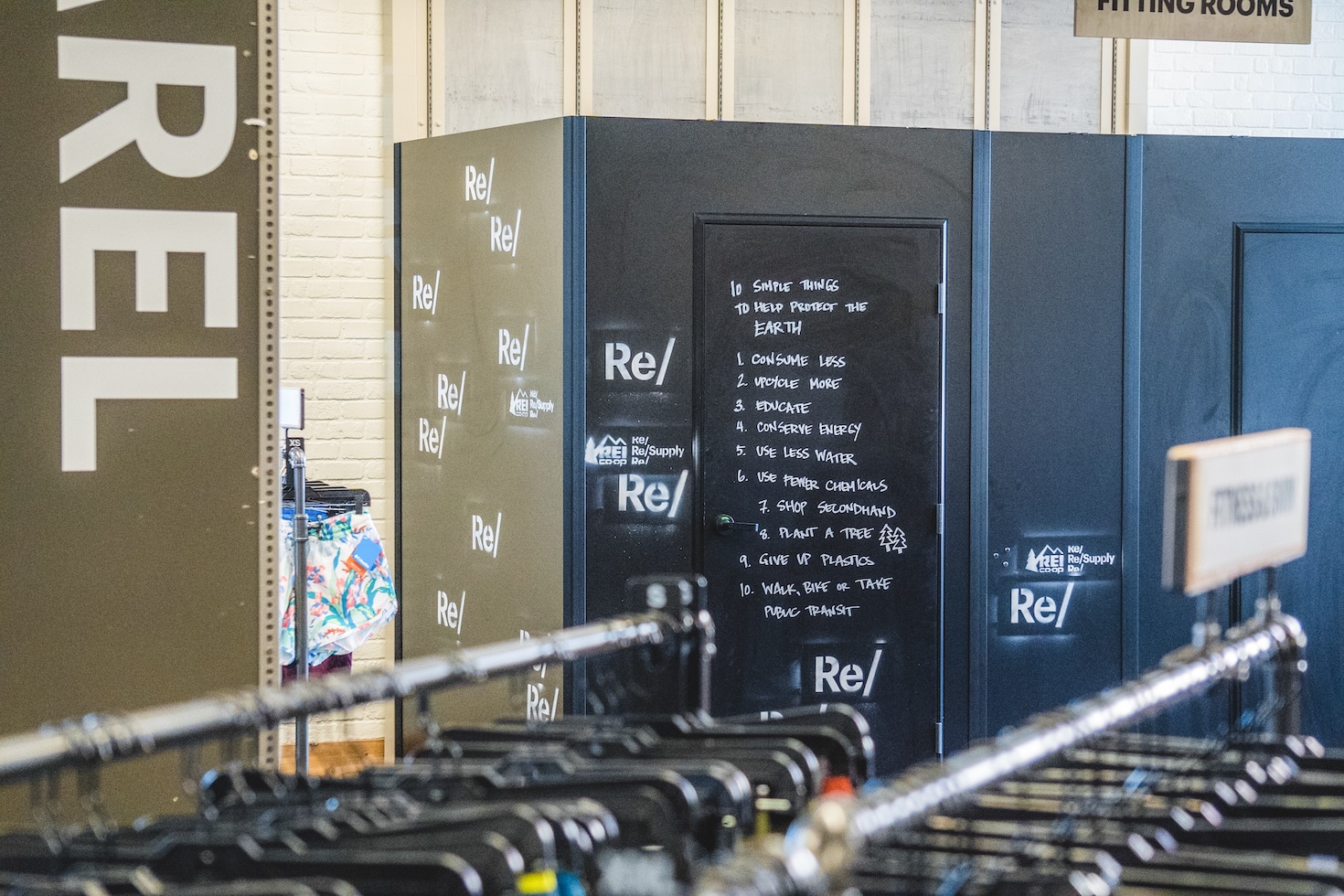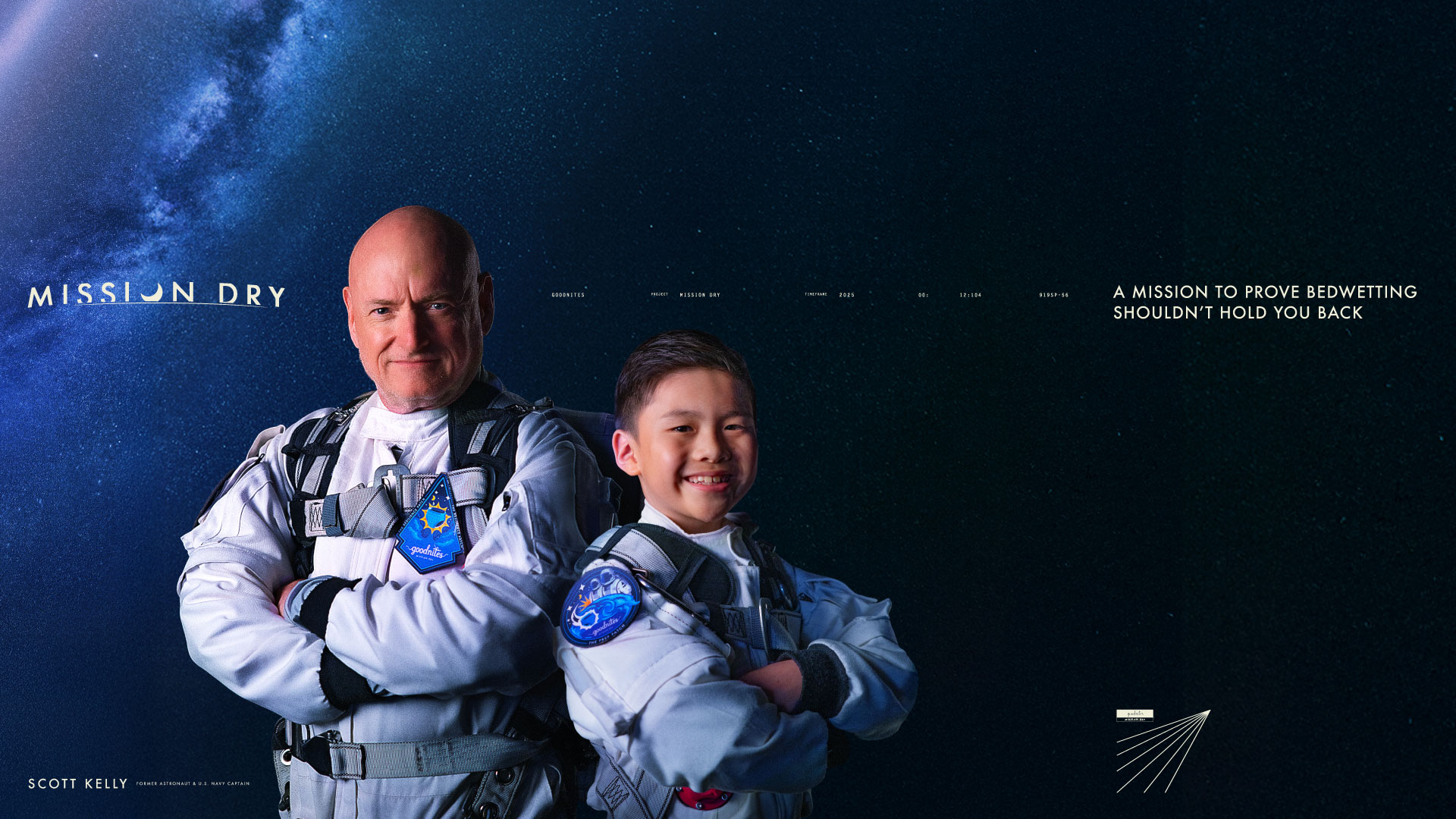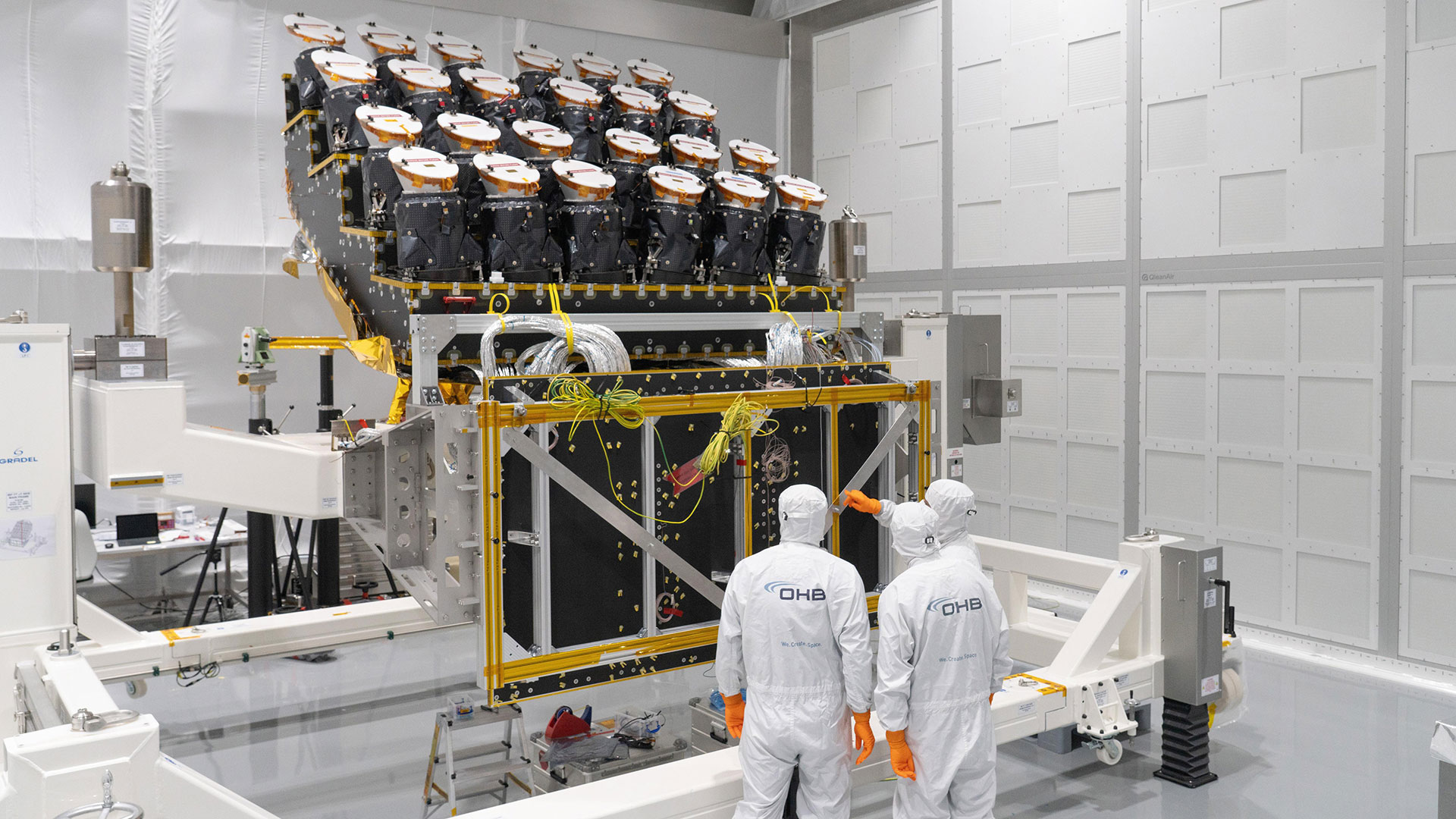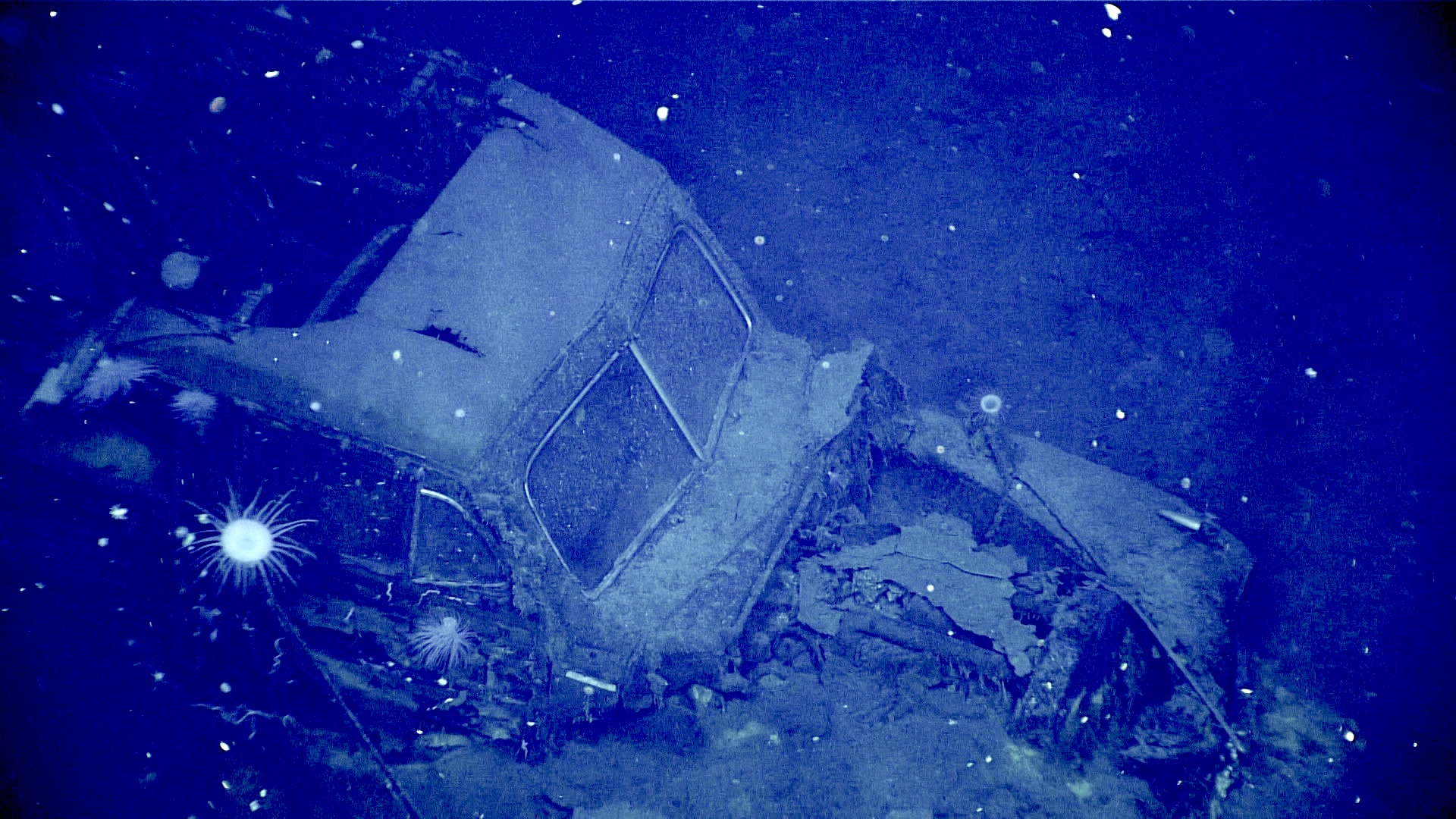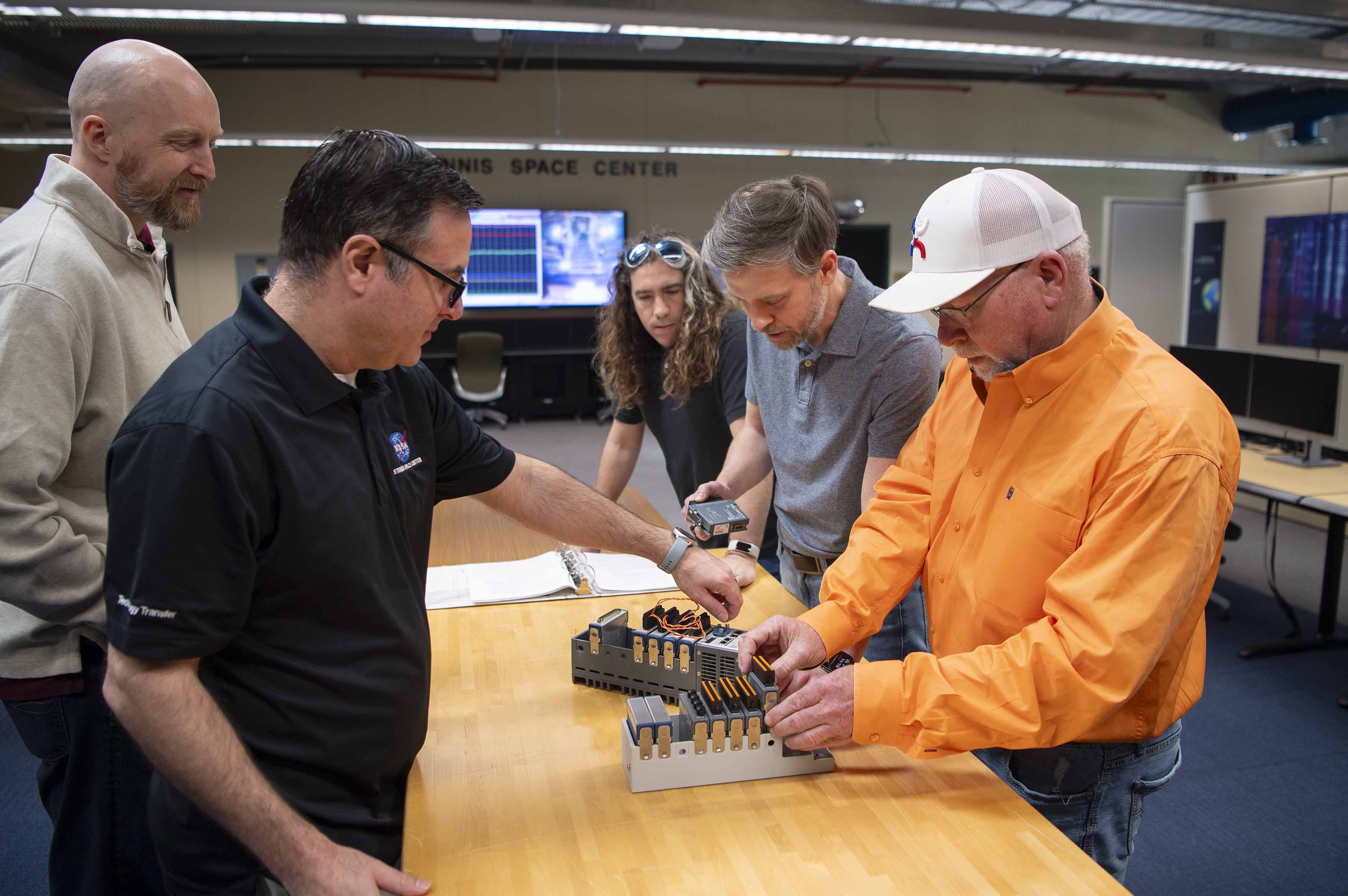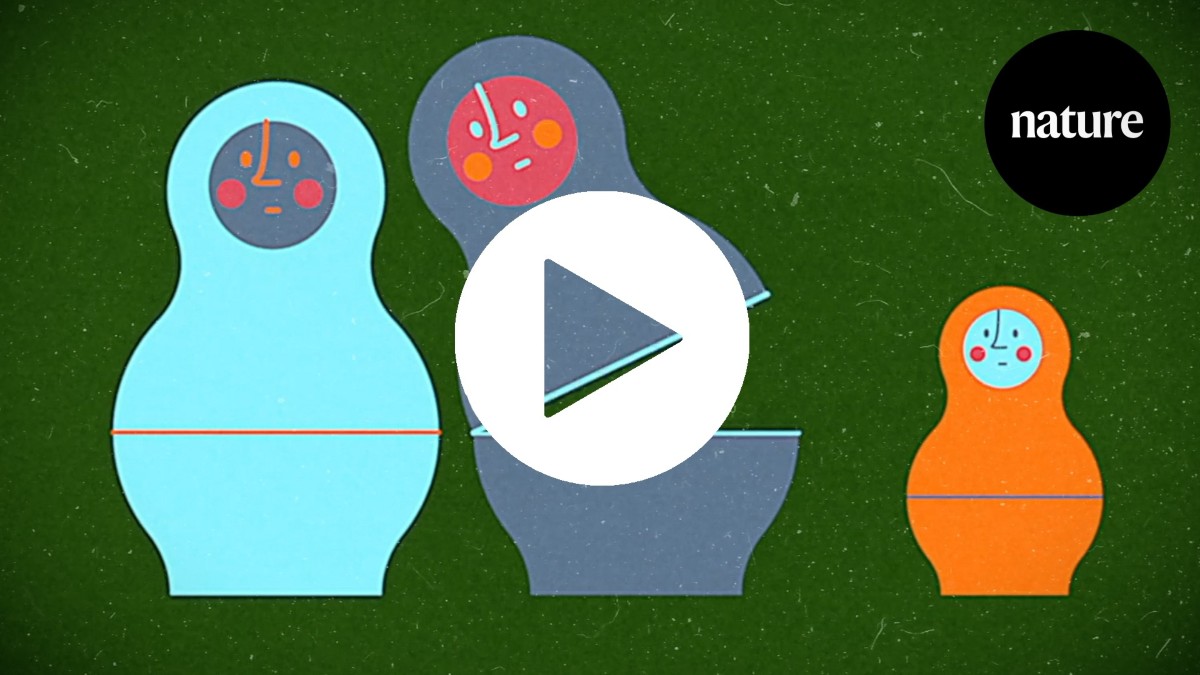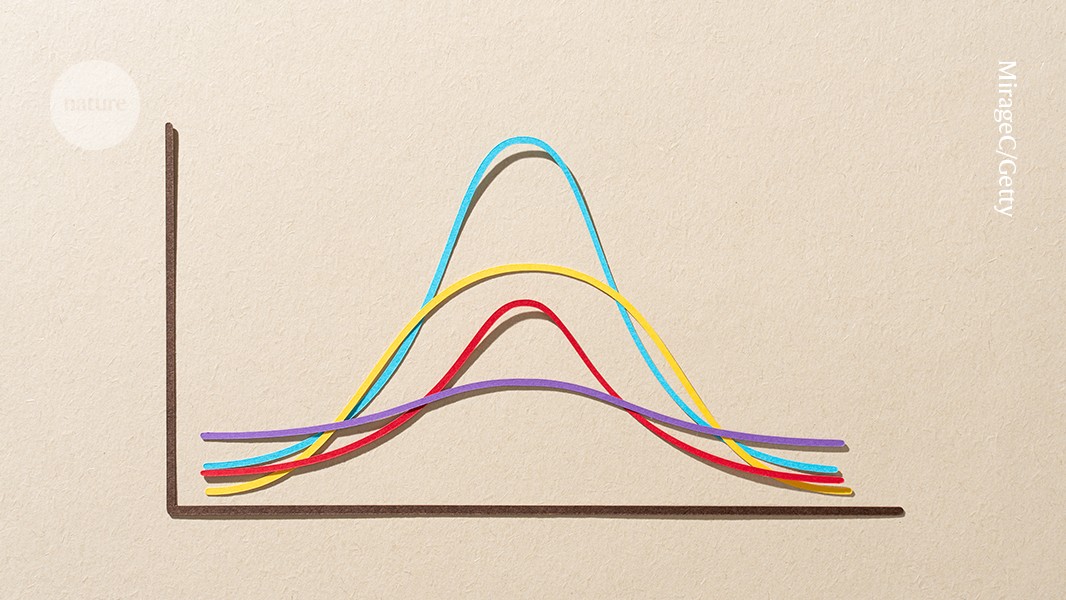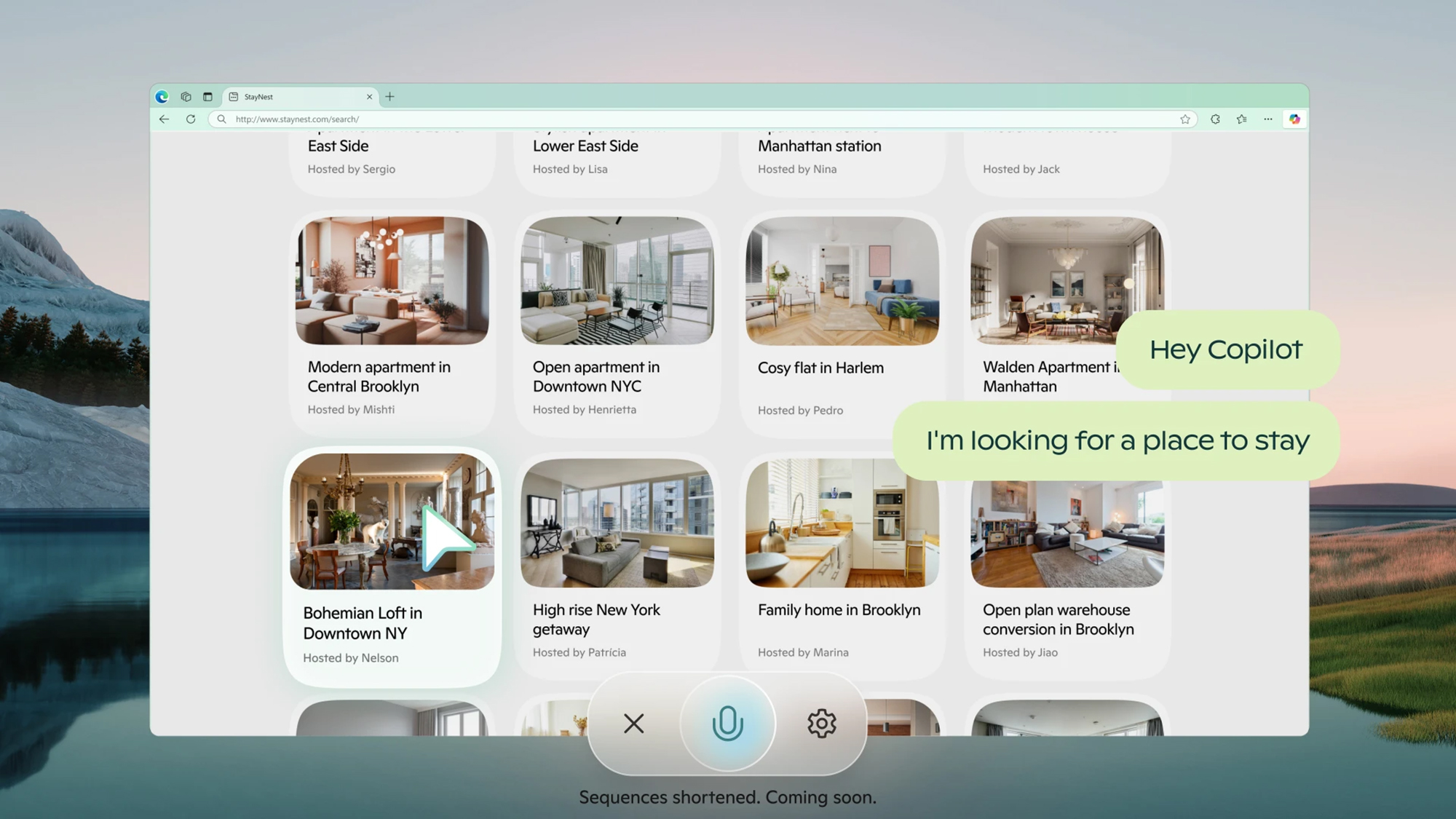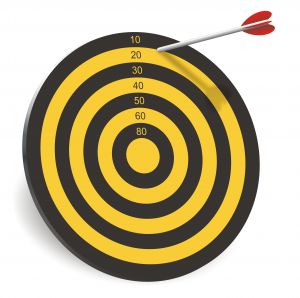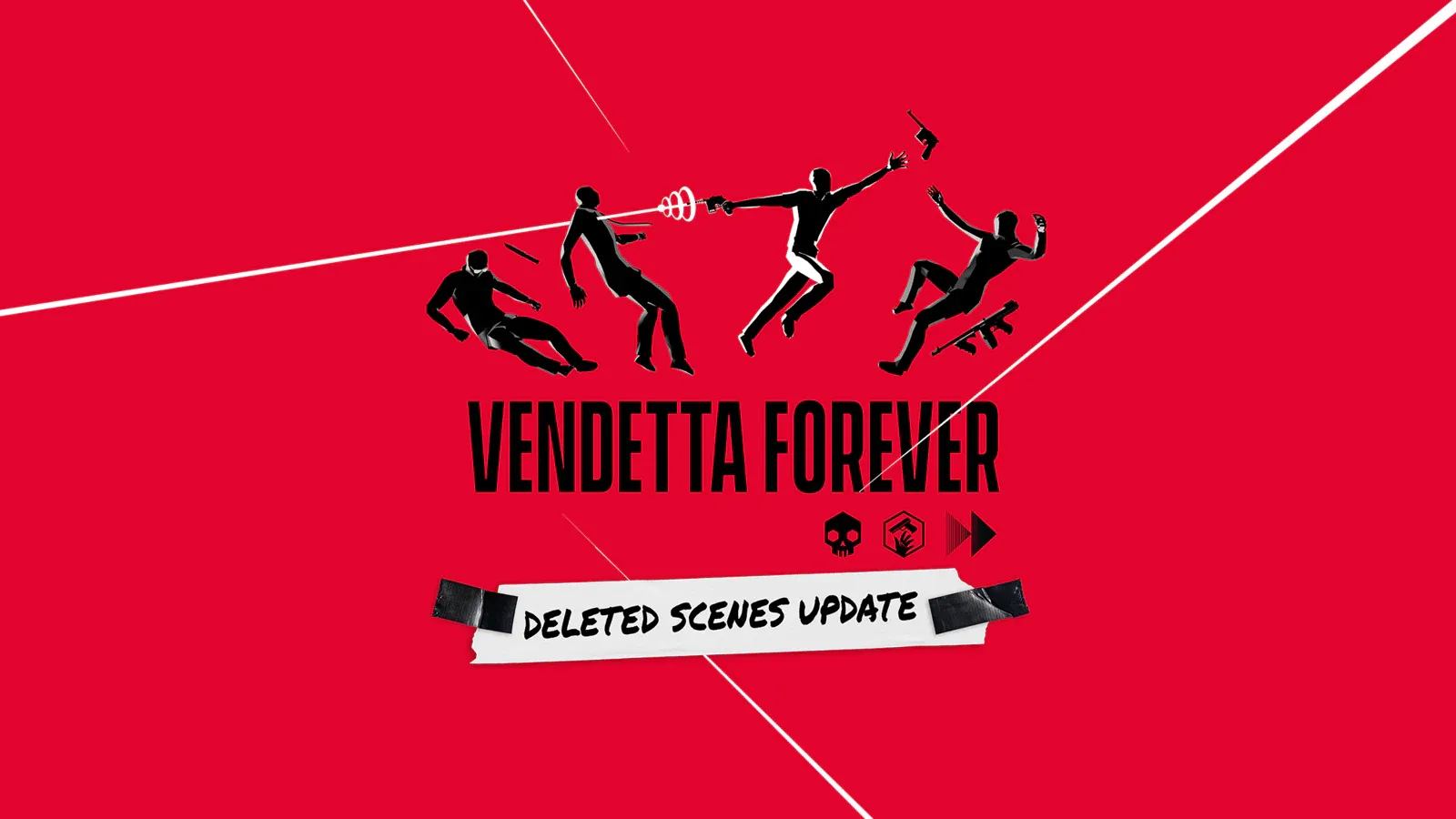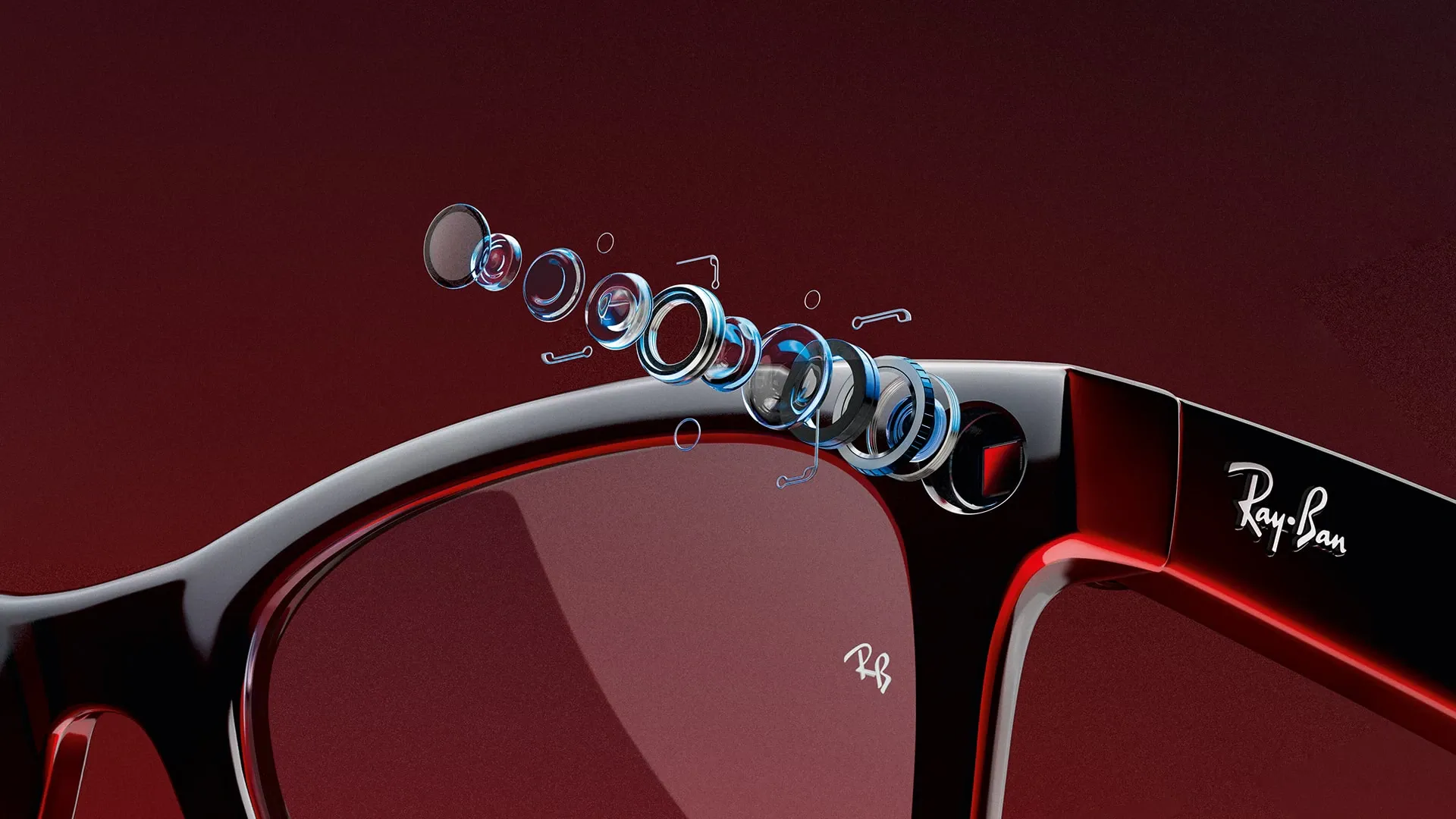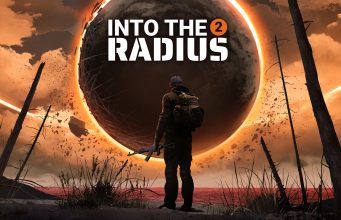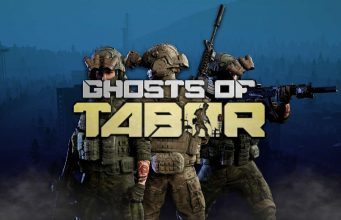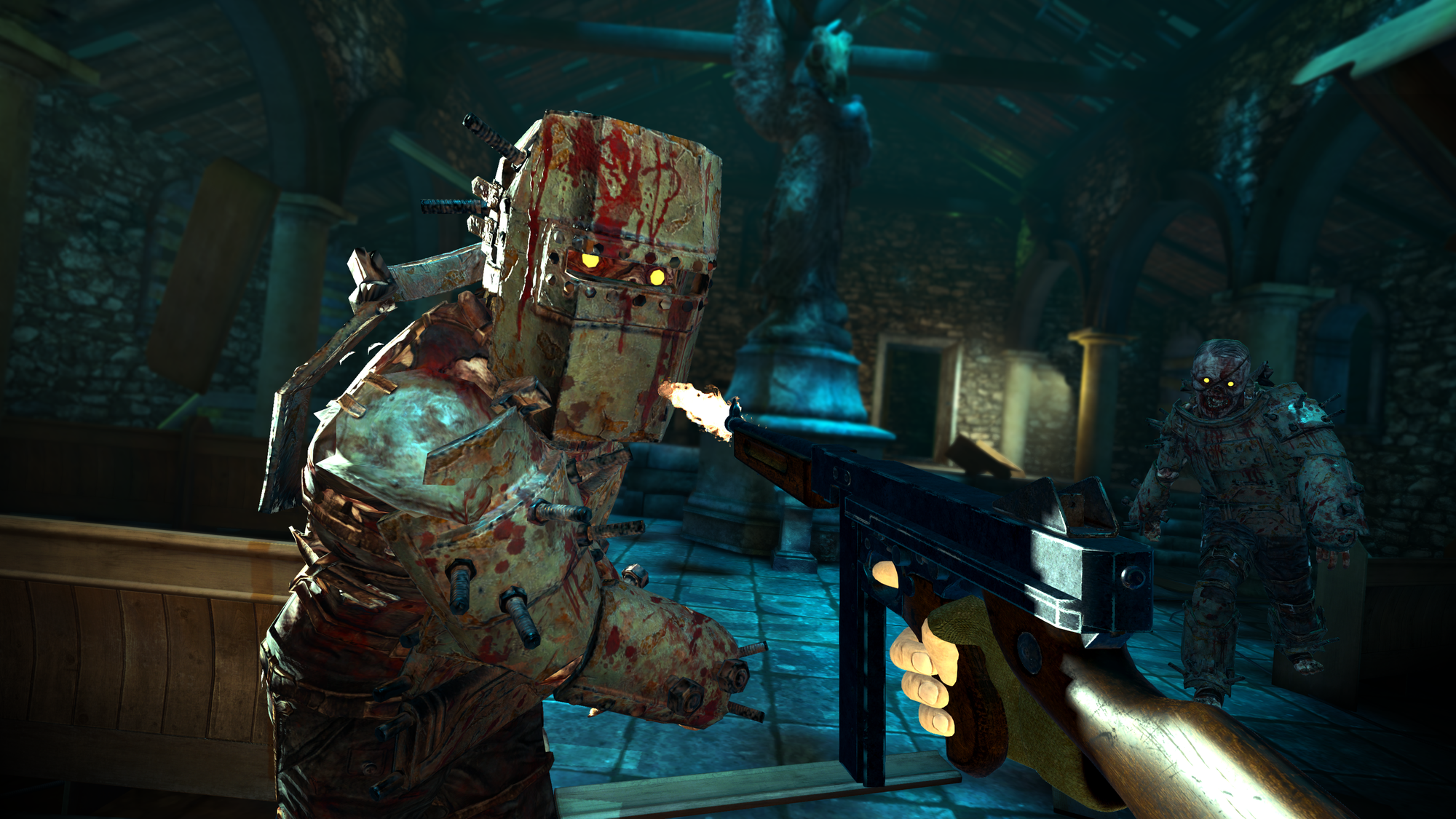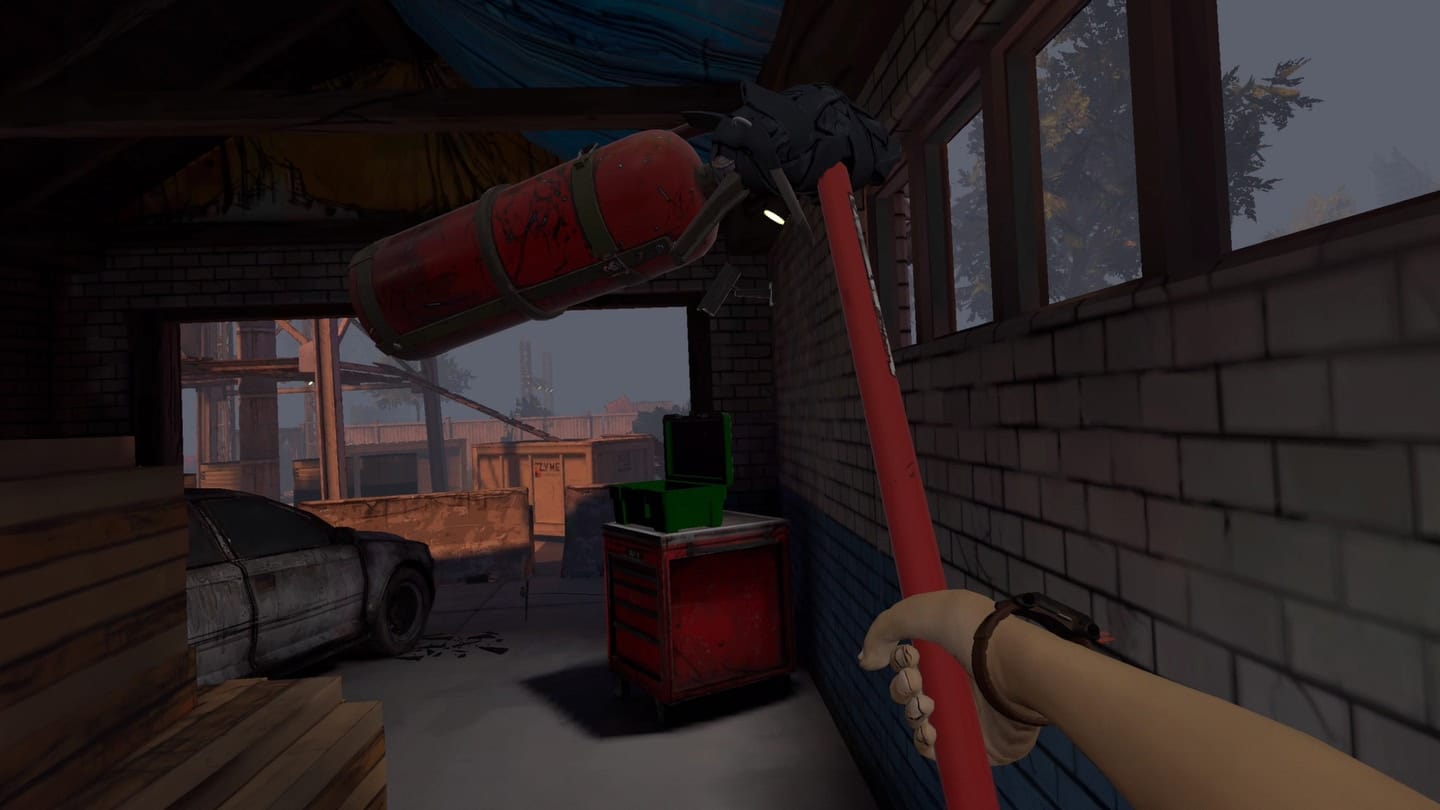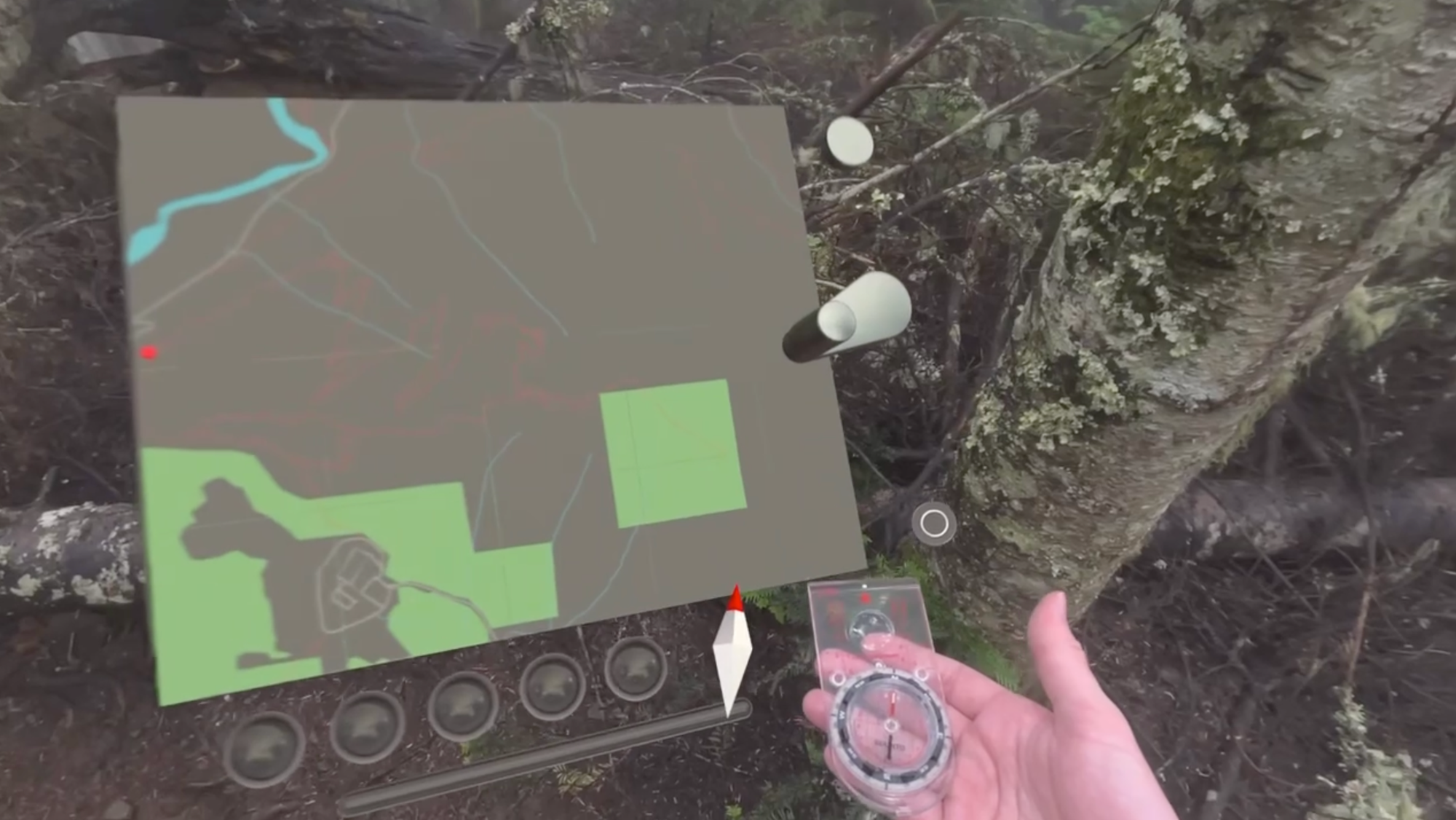Final Fury Hands-On: Solid Starting Fundamentals For A VR Arcade Fighting Game
Final Fury sets up a strong foundation that's newcomer-friendly while appealing to traditional fighting game players, and it's out today in early access on Quest and Steam.
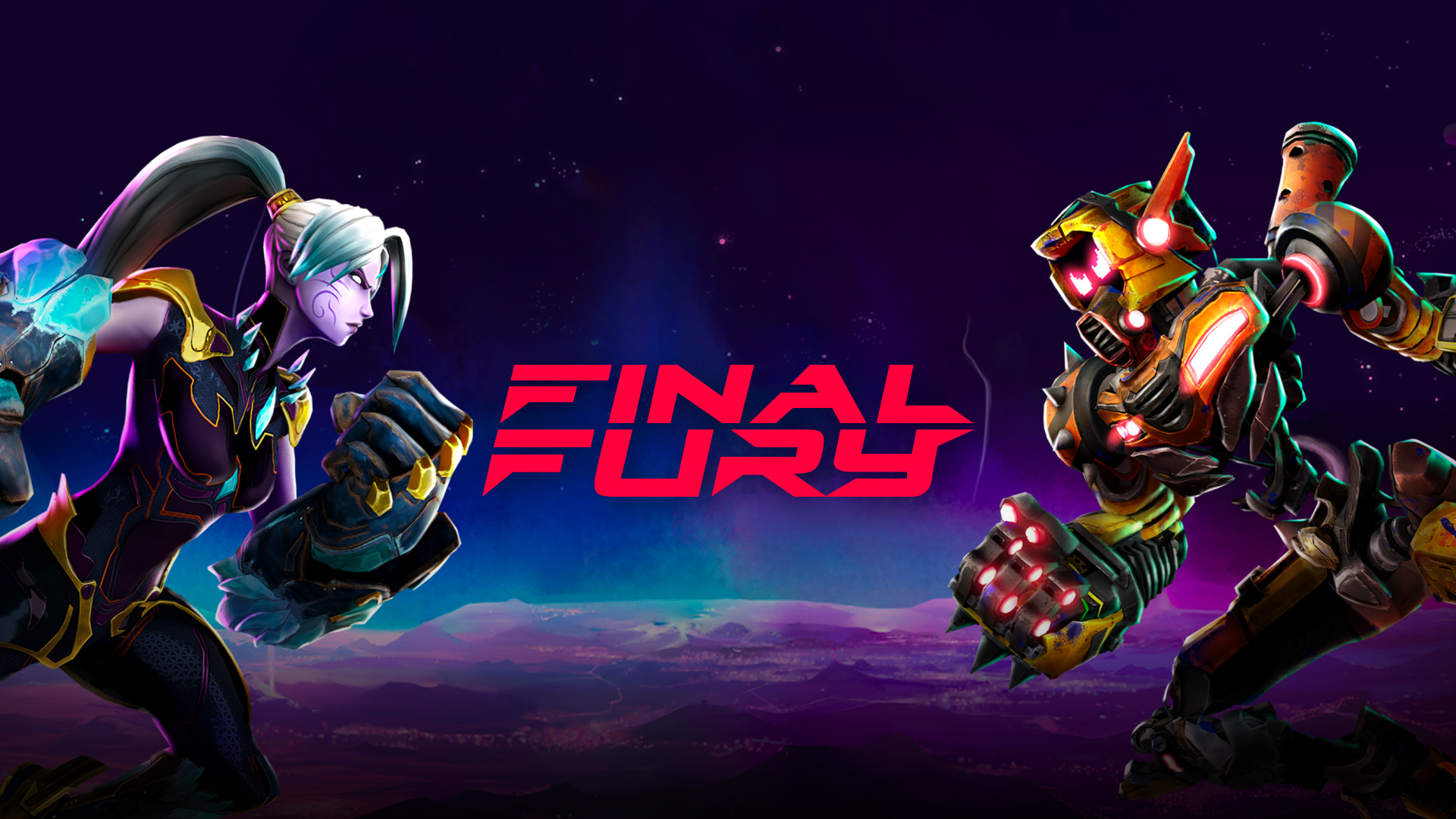

It's not that there aren't VR games that let you put your dukes up for a scrap, but boxing and fitness games usually model themselves on simulations. Final Fury takes a different approach by having flatscreen 2D fighting games like Street Fighter and Fatal Fury as its foundation.
While Capcom has technically brought its own series into VR, albeit only in Japanese arcades, it was mostly repurposing Street Fighter V assets into a more gimmicky VR experience. Kluge Interactive has, however, made an original game that contains the same ingredients and depth you would expect from a fighting game: a roster of colorful characters with their own unique special moves, mechanics like combos, throws and counters. It's even got legendary fighting game pro Justin Wong as a design consultant.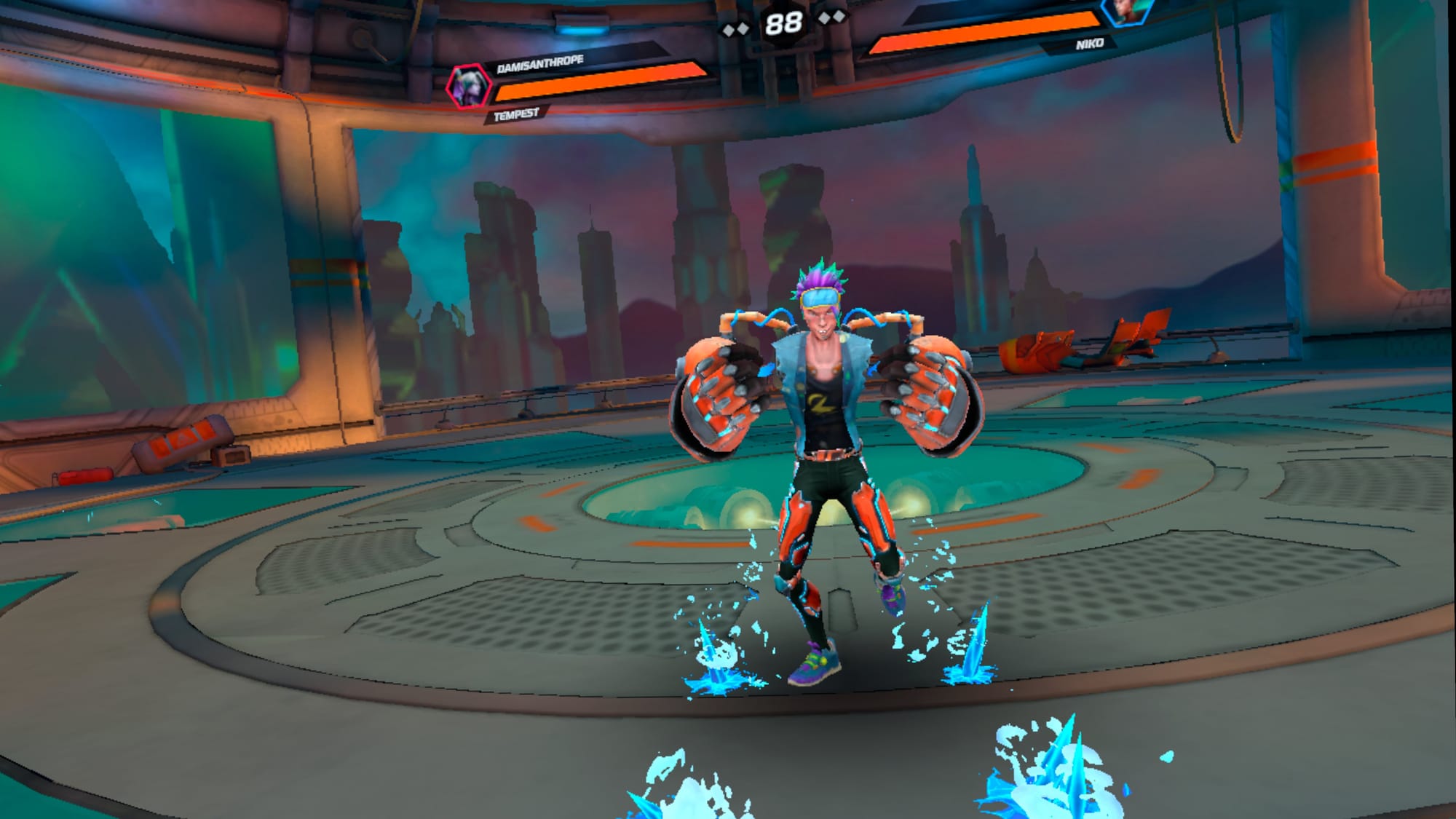
I jumped in on Quest 3 and even being played in first person, because you can only move forward and backwards primarily, it's almost like you're fighting on a 2D plane. You can, of course, perform side steps in these 3D combat arenas, but that involves pressing another button first, allowing your focus to remain on your opponent.
Since you're using the controllers as your fists, it feels instinctive, and each character has their own special moves which just require specific gestures with either or both hands rather than any complex inputs of a typical fighting game. For example, as ice witch Tempest, you can execute an Arctic Blast by placing both your hands on your hip and then thrusting them forward - just like throwing a Hadouken. Blocking, meanwhile, just requires putting your hands up in front of your face, but you can even perform a reversal to push your opponent back when timed right.
Special moves are simple enough to learn, and to avoid taking you out of the action, they're limited to moves using your arms, so don't expect an equivalent of a Spinning Bird Kick. One such exception is throwing your opponent, which is done by folding your arms in a hugging motion before the camera snaps out to a top-down view. You don't even need to be up close as you actually charge forwards, making it a devious way to counter a special move. It's also possible for your opponent to cancel it with a throw too, just like a throw technical in other fighting games but with a more generous window. Or they can deviously side-step it and then counter with their own grab.
Each fighter currently only has two special moves, yet they're nonetheless enough to distinguish each character as an archetype that fighting game fans will be familiar with. For instance, one-eyed metalhead Diesel's Power Chord, which pulls opponents towards you, is perfect for a grappler with his high attack power. The robot Glitch's projectile homing missiles and proximity mines are designed to keep opponents away, making him very much a zoner.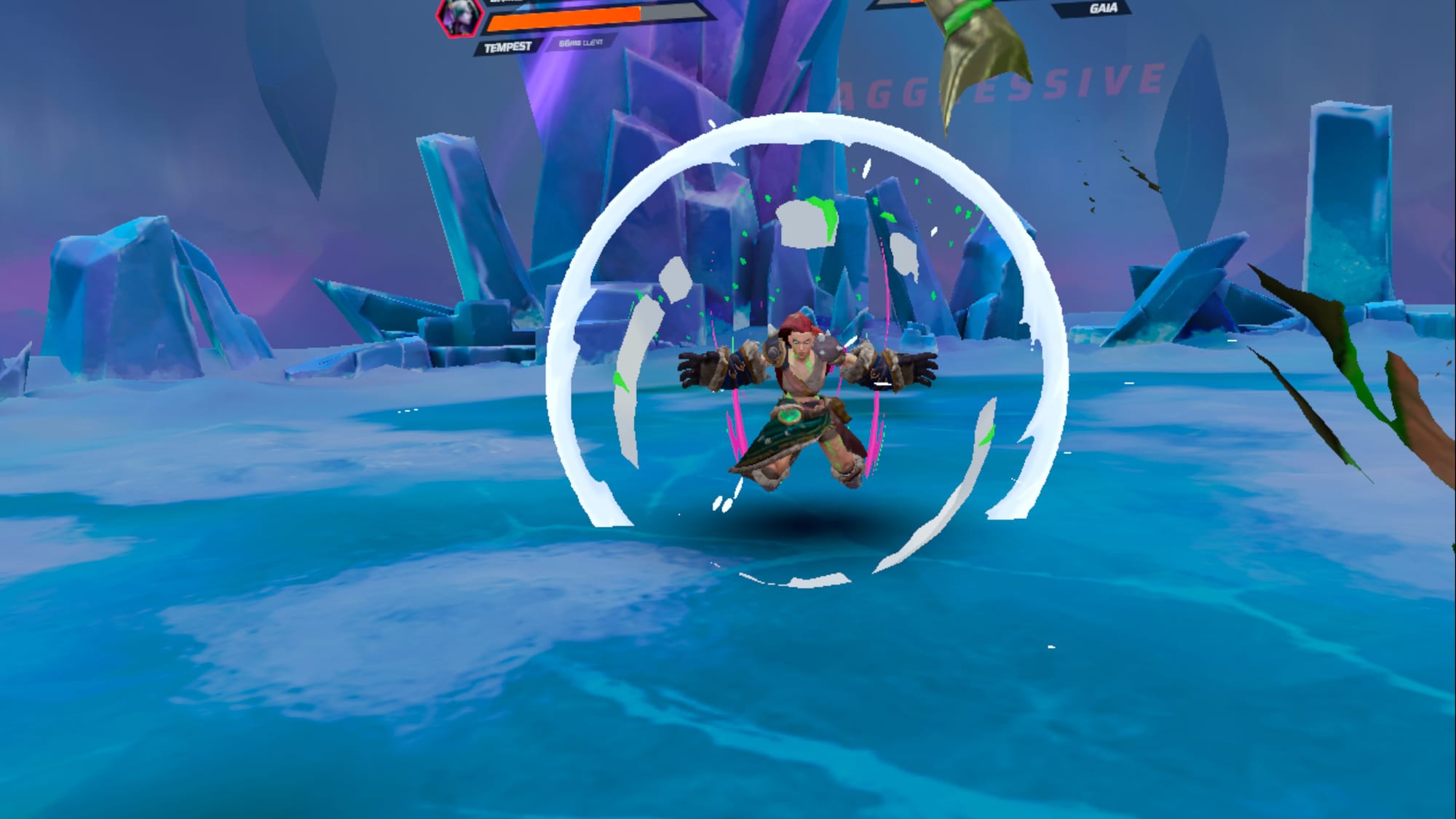
It's still missing some of the more intricate aspects of fighting games, like super moves or the ability to juggle. There's no aerial attacks either, but there is sort of a combo system that counts up. As you land successive hits without taking damage, the damage you deal increases the higher that combo is. I suspect casual newcomers to the genre will actually be relieved Final Fury doesn't have as many complex mechanics as most modern fighting games.
But as a fighting game fan who still regularly logs onto Street Fighter 6, I felt I was able to apply my understanding of the genre to matches in Final Fury; the strange result being that I gravitating towards grapplers a lot more than I normally would on a flatscreen experience. So, Final Fury has what it takes to capture the same thrill as a fighting game on a TV screen to VR. That's especially when it comes to facing another human opponent online, which is where the fundamental appeal of fighting games lies after all.
Comfort
Final Fury can be played seated or standing. Due to the requirement of making hand gestures to perform moves, just make sure that if you're playing seated you have room to do this in front of you, both high and low.
Under Comfort settings, there is also the option to adjust the size of the vignette effect to potentially reduce motion sickness, as well as the option to toggle haptic feedback in controllers on or off.
Arcade mode makes for a serviceable practice run, with unlockable new color palettes for fighters providing an incentive to replay at higher difficulties. However, nothing beats facing another player, trying to get a read on what they're going to do next or trying to bait out a fatal error. Even though playing this pre-early access means there wasn't much of a player pool to test out, it was still fun getting to grips with the mechanics while bodying Kluge's poor marketing guy.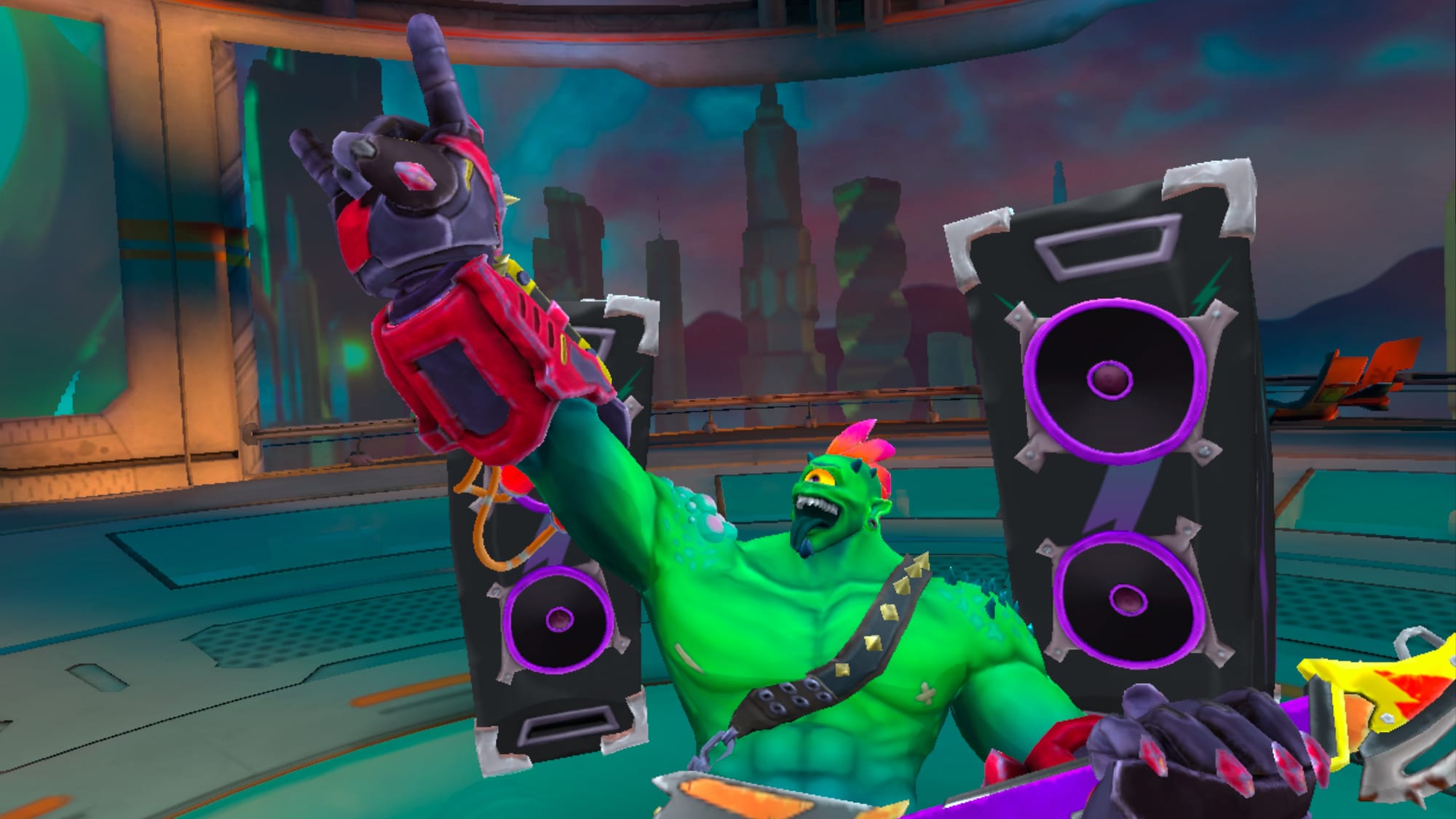
The ingredients for a solid VR fighting game are there, if admittedly a bit slim, as Final Fury currently only has six fighters (one being an unlockable fighter) with about half the commands you might expect a character in a flatscreen fighting game to have. That said, I can see more being added throughout the early access period. What's important is that Kluge has set up a strong foundation that is approachable to newcomers while having the same kind of mechanical depth that will appeal to traditional fighting game players.
















